Strad readers submit their problems and queries about string playing, teaching or making to our experts

Teaching a large group of beginner violin pupils is a daunting prospect for any string tutor. Three experienced pedagogues give their thoughts and strategies for dealing with young students.
Do you have a burning question about string playing, teaching or making that you need answering by people who really know? Email us at thestrad@thestrad.com.
The dilemma As a string teacher in a school, I often have to give group lessons to up to ten beginner pupils at a time. I find it difficult to give them all equal amounts of attention, and to make sure that they’re working well and progressing both inside and outside the classroom. Are there any techniques, tactics or method books I can use to help both me and my students?
VALERIE MAPES, LINCOLN, ON, CANADA
CAROLINE NORDLUND Group lessons can be challenging to teach but they offer students the opportunity to improve ensemble and social skills while developing technical and musical concepts. Groups also give pupils the chance to learn as a team.
Is there someone that can assist you in your class? Perhaps a more advanced student, college student, junior teacher or parent? You are certainly justified in using reinforcements to help juggle the needs of ten beginners! When I’m by myself teaching a class of beginners, I like to ask a child to switch places with me so they can become the class leader, which frees me up to walk around the room and provide manual assistance for those who need help. The children love to assume this position of authority, and it allows you to spend time with those who need extra help.
*Try dividing your total class time into 10–15-minute segments that focus on different topics, such as repertoire, bow games, ear training, theory, critical listening, music history and games. You will keep your students engaged and having fun while developing their overall musical education. Remember that it’s OK to take a short break and stretch too.
*After class, send a short email to parents that highlights the day’s work and lists the tasks to complete in the coming week, so that parents can assist their children with practice at home.
*Schedule an end-of-semester concert so that students and parents alike have a common goal in mind. Nothing produces results faster than having a public performance on the horizon! It’s important for all involved to know why group classes and subsequent practice at home are essential.
Mimi Zweig’s www.stringpedagogy.com is an excellent source that provides ideas for repertoire and other activities for beginner group classes.
ANNE BULL I teach classes of up to ten six-year-olds, and I’ve found that fun is an essential ingredient in promoting cooperation and progression. The children will want to take the violins home, and parents will be supportive.
In the first lesson, I allow the children to make contact with the bow on the strings to learn what’s involved. After this I treat the bow and violin separately until there is more security in holding both, and an understanding of posture.
I use pencils to teach each child how to hold the bow correctly. There are lots of games: we point to the ceiling, to the door, do twirls, create figures of eight, and move the ‘bow’ to the rhythm. We then go on to the bow itself and apply the same games. Next I introduce the violin without the bow, first establishing rest position, then holding the violin as a guitar and creating a good left-hand position with fingers forming a tunnel, banging the fingers down in different combinations to strengthen them.
Next I introduce them to open-string notation. The same music can then be played with the bow, and fingers can be introduced using the tunnel hand position that they learnt from the ‘guitar’ position.
The series of Vamoosh books by Thomas Gregory is invaluable. The CD backing tracks are jolly and the kids love them. Lenneke Willems’s Mini Violin books have technical help with good illustrations and inventive teaching ideas. The Stringpops books by Peter Wilson and Madeleine Ranger feature fun pieces with wonderful jazzy piano parts. It’s difficult to better Open String Samba from Stringpops 1 for counting, reading and enjoyment.
KAREN-MICHELE KIMMETT An idea that has been helpful in my teaching of beginner students is to develop the spirit of the ‘musical team’ early on. This can be achieved by the students choosing a special name so that they feel they belong to a special musical ensemble.
Beginning steps require a great deal of repetition if the violin and bow posture are to become second nature. Making a game out of preparation can work well – for instance, asking: ‘How many beautiful bow holds can we make in one minute together?’ I often have the students teach me the ‘correct posture’ or the correct rhythm. The attentive students are quick to adjust my drooping scroll or my uneven stance. They enjoy being the teacher, and in turn they show me what they actually know and understand.
It is important to develop leadership and independence among the children themselves, even at the earliest stages: ‘Who would like to be the bow hold reminder today?’ ‘How many bow hand pinkie taps should we do?’ Asking questions rather than giving answers allows the students to think for themselves, and inevitably we get some surprising answers in return!
In class, listening to a recording together can be informative and enjoyable, as one student may notice a beautiful piano solo, and another might comment on how the tune comes in on different strings and in a new key. Videoing the class playing or having a poster board with a picture of each child with their beautiful bow hold can be inspirational reminders.
Caroline Nordlund is a lecturer on the violin faculty at Samford University in Birmingham, AL, US, and second violinist in the Samford Quartet: www.samford.edu
Anne Bull is head of music at St Richard’s School in Herefordshire, UK: www.st-richards.org.uk
Karen-Michele Kimmett is an ESA and SAA Suzuki teacher-trainer working in Kingston, ON, Canada

![[2] Echo Theory pc Lukas Breuer - Copy](https://dnan0fzjxntrj.cloudfront.net/Pictures/274x183/2/5/7/38257_2echotheorypclukasbreuercopy_270148.jpg)
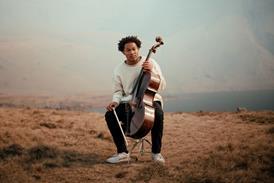
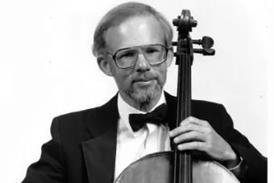
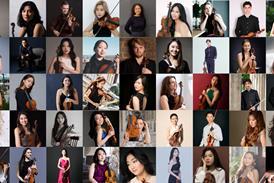


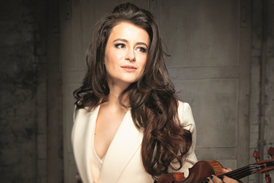



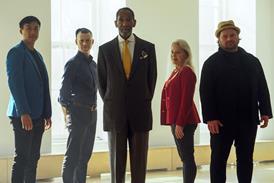
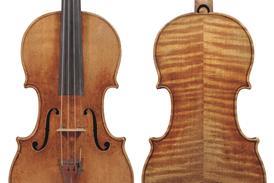
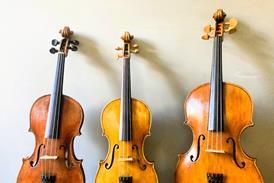
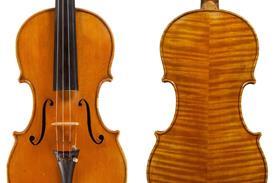
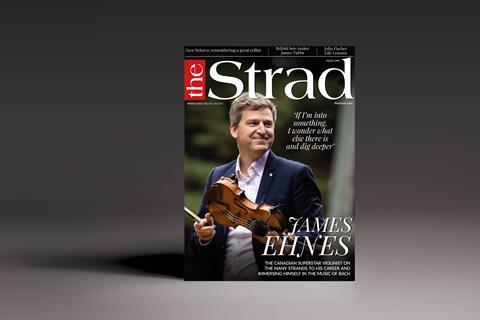





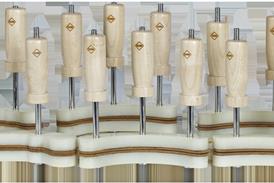
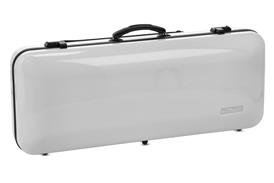









No comments yet